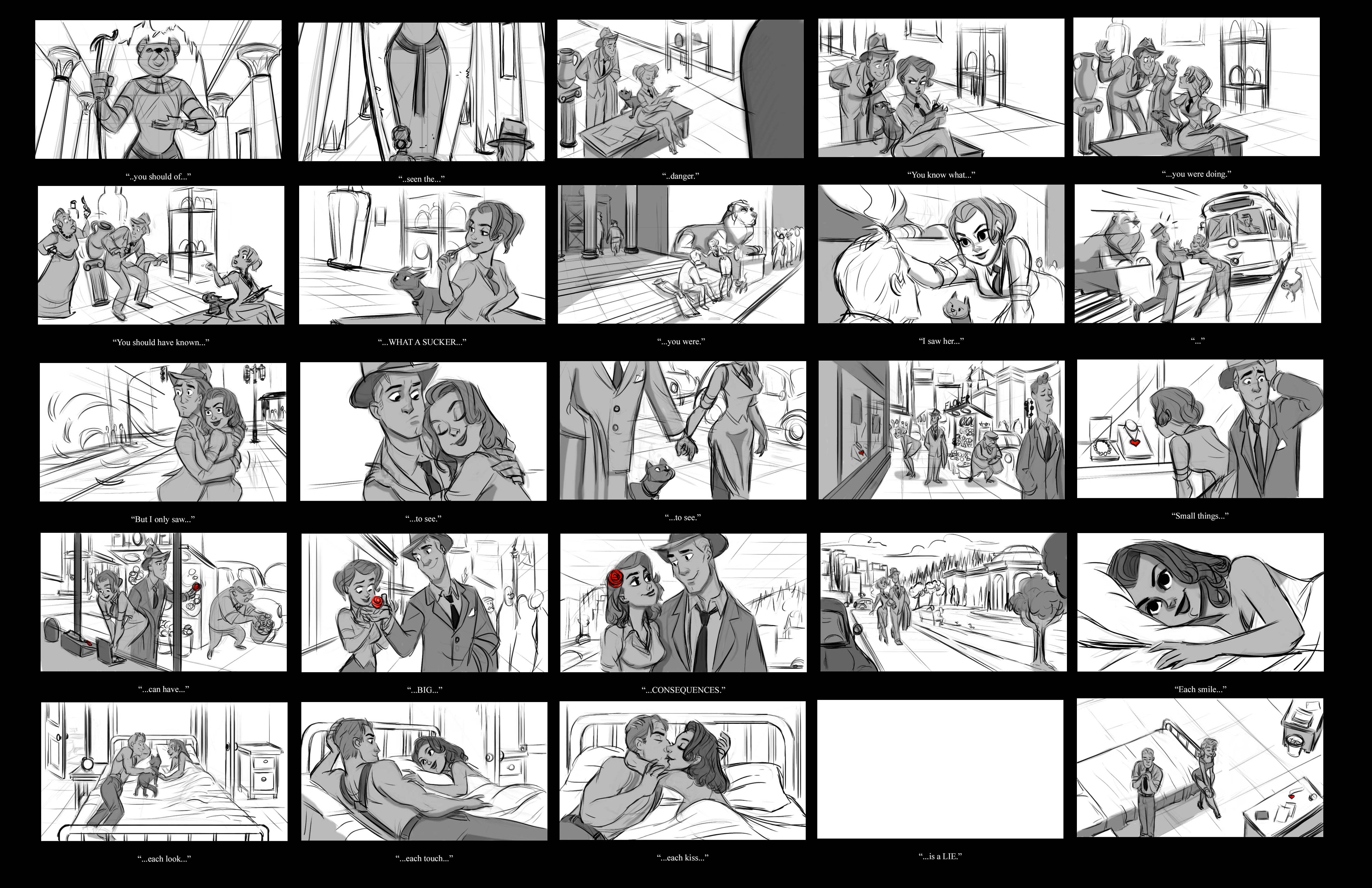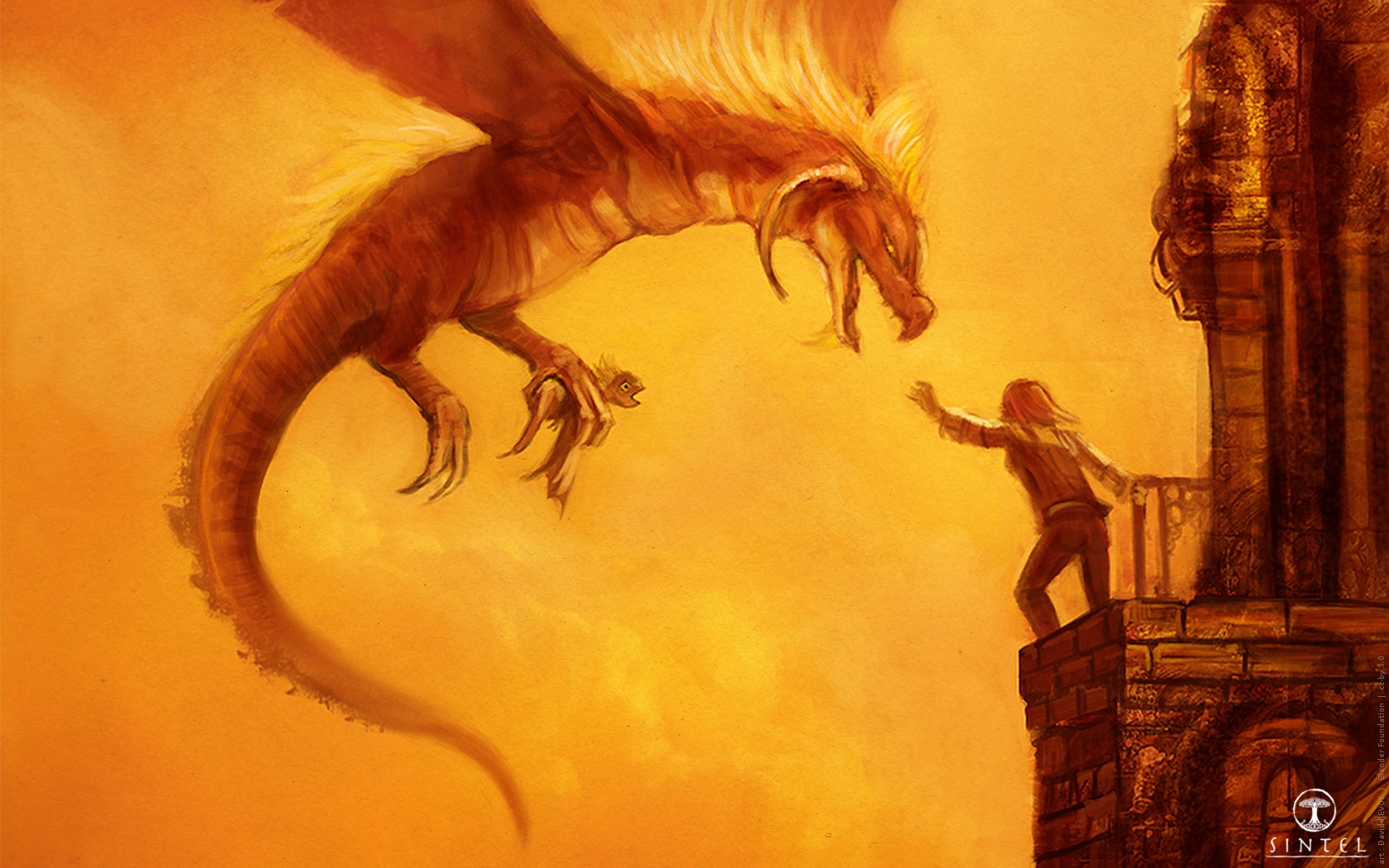Movie production is an iterative process. It starts with just a simple idea but its goal is astonishing product loved by millions. This process rarely takes months, more often these are years and in some cases even decades. It consists of three main steps (or milestones if you prefer):
- Pre-production - a process of developing a story and it’s background from an idea.
- Production - the time when actors and actresses perform in front of cameras.
- Post-production - the moment when everything is mixed, retouched and very often recreated from scratch in a digital form.
In this article I will try to give you a primer on the pre-production phase which is very often called the most important part of movie production process. Many movies were never produced because during this phase it turned out that they are really bad. Even more movies that should never have been produced slipped through it wasting millions of investor’s dollars.
It is composed of three main sub-phases:
- Screenwriting
- Storyboarding
- Pre-visualization
Screenwriting
It’s all about the IDEA. The main and the simplest thing you want to show to the world. The cycle of life, the fight of good and evil - those are examples. But as you know the idea is not enough. You need the main character, a story and some kind of conflict that will drive it. It’s called an outline.
When you know what you want to tell in your story a script is created. It’s a long and hard process if you want to create a good one. Some movies have only one or two script versions, those movies are mostly the bad ones. Well funded feature films which are 90 or more minutes long usually have tens of versions (like Ben-Hur or Blade Runner).
Storyboarding
After the script is finished it’s time to visualize it. The simplest and the most cost effective way is to do a comic like series of sketches called a storyboard. It’s the moment when a director, a producer and investors „see” the movie for the first time. It’s much simpler to show the story and camera movements to other people working on a movie then to talk about it. If something doesn’t work at the storyboard level, it won’t work at further steps too.
In addition to the storyboard concept arts are created. Concept arts are pictures of scenery, characters and props which create the main feel of the movie. They are used in later stages to help actors get into their characters, find suitable locations to shoot and prepare 3d models during post-production.
The final step of this phase is the creation of the so called animatic, an animated version of storyboard with simple characters and camera movements. It is a very first time when people working on the movie can see things move.
Pre-visualization
Pre-visualization is the final step of pre-production process which was only recently added to the movie production pipeline. It was possible thanks to the speed and flexibility of 3d modeling and animation. The goal of pre-viz is to create a whole movie but in low quality and as quickly as possible.
It’s much cheaper and easier to experiment with lights and camera angles in 3d environment hiring just one software operator then on set in a rented studio with actors and borrowed equipment. Not to mention the cost of electricity and camera film which are quite high itself.





Comments
I don't know if that is a mistake but both of your links for Sintel scripts lead to the main page (I assume) and a post about a child being called Sintel after the movie.
Anyway what I can tell from experience is that Polish people have a serious problem with writing scripts in a proper format. Not mentioning grammatical errors, I've seen so many scripts written in bizarre ways - some of them already included a shooting script or the number of pages wasn't even close to the movie length (1 page should equal 1 minute of screen time). Movie scripts have a very specific format and it's very important to stick to it (it shows that you are a professional). Anyway if someone is interested here is a very good website where you can see real scripts for different movies - a lot of them you probably know because there are a lot of box-office movies. It's really good for reference and it can help to learn a bit more about screen writing.
http://www.imsdb.com/
Great article, really liked reading it!
Proper scriptwriting is an art itself. 1 page per minute can be very limiting and for inexperienced scriptwriters hard to accomplish. But if somebody has problems with his native language grammar... such person for sure should not write scripts.
I totally agree that pre-phases are something general and can be implemented in every process. R&D in many cases saves money.
Pre-production process is of course very important - no one makes a movie just by getting an idea, grabbing a camera and shooting.
I really like watching animatics for the movies I've seen. I think it's really interesting to see how they change. Quite a lot of them are posted online on youtube or added as an extra to a DVD.
I love storyboards and concept art, seeing and making them alike. It's interesting to see how some ideas change over time and why they changed in the first place. Inspirations, thinking process – everything is there and it's very informative. :)
Post production is the last resort in case first 2 phases have failed.
Thanks for your post, it’s a good ball of knowledge. I’m a student of SNM, so I know this topic very well. It’s not a secret knowledge for us- students SNM.
I totally agree with you that the pre-production is one of the most important time in whole production process. Unfortunatelly It is long and complicated proces.
It is very long process. Of course animated film is made longer that actor film and I think that the number of people who work them is high than the number of people who work of animated story.
It seems to be obsolete and wasteful. As far as I know postproduction is done on computers, so why not just save everything in digital form from the beginning?
Although I'm more of a game programmer I might eventually make use of the steps that you described, as often cinematic world translates at least in some way to a game development.
Who knows, maybe someday I'll have to work with creating cutscenes of some sort!